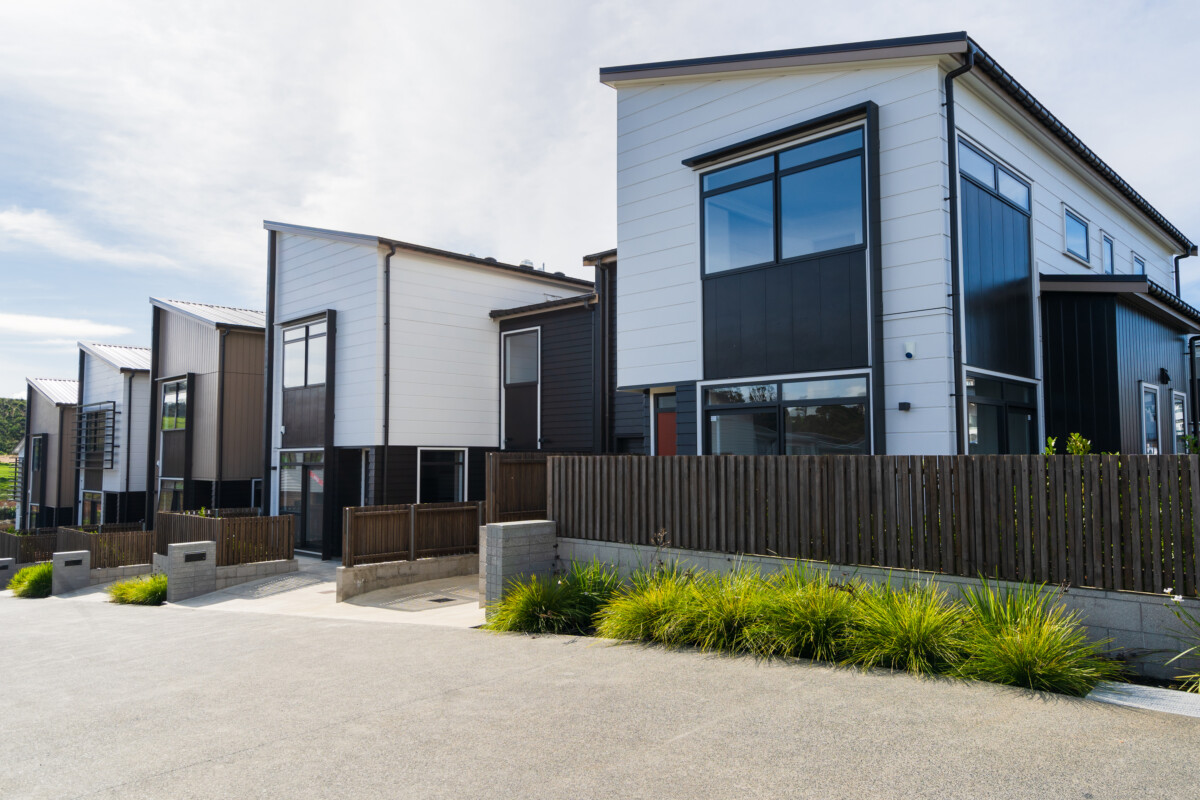THE HISTORY OF THE LBP SCHEME – PART 3
22 Sep 2021, LBP & Regulation, Learn, Prove Your Know How, Regulation

The third article in the series looking at the history of the Licensed Building Practitioners Scheme with MBIE’s Bruce Duggan
The Report of the Overview Group on the Weathertightness of Buildings, better known as the Hunn Report – named after the chairperson of the Overview Group – was released by the Building Industry Authority (BIA) in the second half of 2002. The report’s recommendations were the catalyst for major changes in the way we build.
Terms of Reference
The Group was established to look at the nature, extent and effects of the failures, possible inadequacies in the Building Code, and consenting and inspection processes.
It also looked at products and materials, trade skills and responsibilities, potential deficiencies in the administration of the Building Act and Regulations, and whether we were following the purposes and principles of the Act.
Changes to our industry
The report included 20 recommendations. Several of these called for the BIA to do such things as:
- Issue public warnings about the risk of collapse of cantilevered decks supported by untreated timber (remember the deck from the first article in this series?).
- Assess and publicise the health risks associated with fungal decay.
- Revise E2/AS1 – the External Moisture clause in the Building Code.
- Work with the Building Officials Institute of New Zealand (BOINZ) to look at the level of information required in building consent applications and to develop stronger inspection regimes.
- Review current product appraisal practices.
- Take a more proactive stance to research within the industry.
Other recommendations for the building sector, including the BIA, were:
- Looking at providing interpretation guidelines for the Act, determining the need for tertiary qualifications and continuing professional development programmes for inspectors.
- Looking at improving the definitions of the roles, responsibilities and obligations of all parties through building contracts.
- Working with the Building and Construction Industry Training Organisation (BCITO) and appropriate sector groups to review the carpentry apprenticeship to ensure an appropriate balance of academic and practical knowledge.
- Improving accountability for the quality of construction under our current performance-based system.
- Keeping the public and industries such as banking and insurance fully informed.
All of the recommendations in the report were acted upon to some extent, and many of them created very real changes to the way we regulate and build in New Zealand. This includes better-trained Building Consent Officers, more detailed site documents and inspection requirements, the accreditation of Building Consent Authorities, changes to apprenticeship training and outcomes, a massive increase in the size of E2/AS1, and more detailed and readily available manufacturer’s instructions.
There was, however, another recommendation which resulted in arguably the biggest change to our industry since the introduction of the Building Act 1991:
- That the BIA, in conjunction with the appropriate affected sector groups – a) explore the issues involved in advocating the national registration of builders and building related trades, given the contents of this report and concerns expressed about the standards of some trade practices on-site; and b) support such advocacy if it is convinced of the benefits to the industry.
- That the BIA promotes debate on the issues of trade regulation, professional education and builder registration at the proposed executive forum.
The Building Act 2004
The Building Act 2004 was the means by which many of the changes inspired by the Hunn Report were made, but it was Subpart 4 that introduced the beginnings of the LBP scheme (see textbox).
It was a further eight years until the introduction of Restricted Building Work (RBW), but 2002 set the wheels in motion.
Firstly, RBW needed to be defined, and the people involved in that work needed to be identified. The definition and the licence classes identified were:
Licensed Building Practitioner licence classes are design, carpentry, roofing, brick and block laying, external plastering, foundations, and site.
RBW is work that’s critical to make a home structurally sound and weathertight. It covers residential design, construction or alteration work that requires a building consent, and involves a home’s primary structure, weathertightness, and certain fire safety design (such as in apartments and townhouses).
For further information, see Restricted Building Work on the building.govt.nz website.
See the next issue for the continuation of this series.
Subpart 4 – Requirements for building work
Restricted building work must be carried out or supervised by licensed building practitioners
84 Licensed building practitioners must carry out or supervise restricted building work
All restricted building work must be carried out or supervised by a licensed building practitioner who is licensed to carry out or supervise the work.
Section 84: amended, on 15 March 2008, by section 15 of the Building Amendment Act 2008 (2008 No 4).
This article is an excerpt from Codewords Issue 102. Reading Codewords articles that are relevant to your licence class is a mandatory requirement for Licensed Building Practitioners. These questions can be answered through the LBP portal, online on the Under Construction website or recorded on the magazine, then provided at the time of renewal.
Register to earn LBP Points Sign in
1 Comment
Leave a Reply
You must be logged in to post a comment.




ok